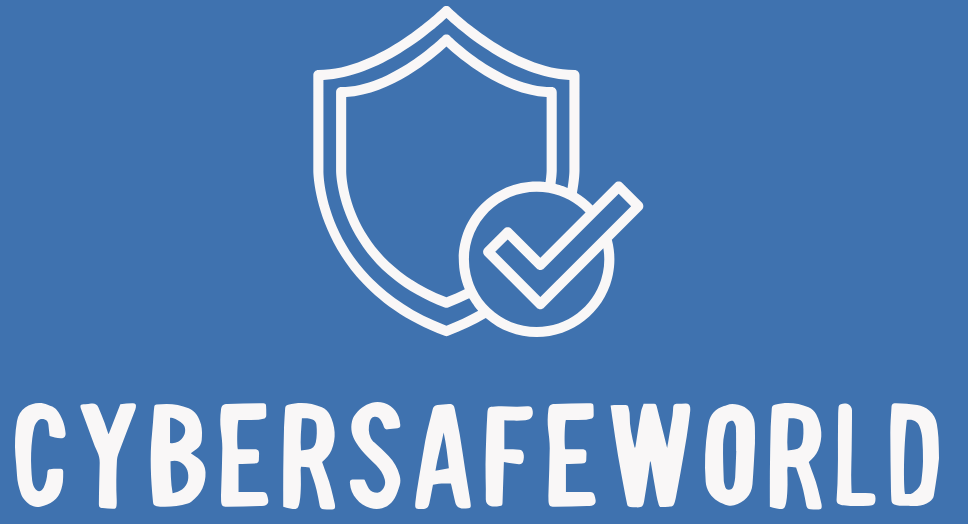Free Wi-Fi feels like a blessing when you’re out and about — at a café, the airport, or even a hotel lobby. It’s convenient, fast, and doesn’t eat up your mobile data. But here’s the catch: that “Free_Public_WiFi” network could also be a hacker’s playground. Public Wi-Fi might make your life easier, but it can also make your personal information much easier to steal.
When you connect to an unsecured network, you’re basically sending your data through an open hallway — and anyone nearby with the right tools can listen in. Hackers can capture things like your passwords, credit card numbers, or even private messages without you realizing it. This type of attack is often called a “man-in-the-middle” attack, where the hacker secretly intercepts communication between you and the website you’re visiting.
Real-world example: In one well-known case, cybersecurity researchers showed how easy it was to set up a fake Wi-Fi hotspot named “Starbucks Free Wi-Fi.” Within minutes, people connected, and their browsing data started flowing through the fake network. The researchers didn’t actually steal anything, but if it had been a real hacker, the victims’ emails, logins, and even banking info could have been compromised.
So how can you still enjoy public Wi-Fi without putting your personal information at risk? Here are some simple but effective tips:
1. Avoid accessing sensitive accounts.
If you’re using public Wi-Fi, don’t log into your bank account, email, or any service involving private information. Save those for when you’re on a secure, trusted connection.
2. Use a VPN (Virtual Private Network).
A VPN is one of the best defenses against public Wi-Fi risks. It encrypts your data so that even if someone tries to intercept it, they’ll just see gibberish. Reliable options include NordVPN, ProtonVPN, and ExpressVPN.
3. Forget the network afterward.
Once you’re done using public Wi-Fi, go into your device settings and “forget” that network. This prevents your phone from automatically reconnecting to it later without your knowledge.
4. Turn off file sharing and AirDrop.
Keep your device from broadcasting its presence. File sharing, AirDrop, and Bluetooth can all make it easier for others to connect to you without permission.
5. Check for the padlock icon.
When browsing websites, always look for “https://” and the little padlock symbol in your browser’s address bar. That means the site is encrypted — an extra layer of safety.
6. Use your mobile hotspot instead.
If you really need to access something private, it’s much safer to use your phone’s personal hotspot instead of public Wi-Fi.
According to Forbes, over 40% of people have had their information compromised while using public Wi-Fi — that’s nearly half of all users. The good news is, you can protect yourself with just a few smart habits.
Public Wi-Fi isn’t inherently bad — it’s just risky when you don’t take precautions. Think of it like crossing a busy street: you can do it safely, but only if you pay attention.
At CyberSafeWorld, we believe that awareness is the best protection. Next time you’re sipping that latte and scrolling online, take a moment to secure your connection — your privacy is worth it.
